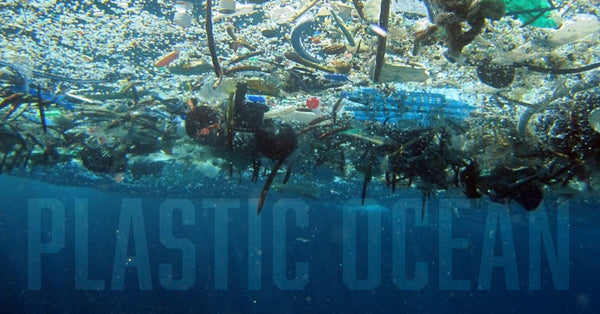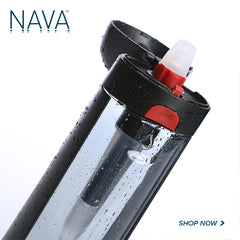
Some people are driven by external factors—money, for example—while others lean more toward an intrinsic motivation to do something they see as positive, like helping the planet. At KOR, we see the importance of both types of inspiration and are compelled to ask “why not both?”
More specifically, why can’t we make financially savvy decisions that also have a positive impact on our immediate surroundings and beyond? The answer is: we can. Read on to discover one simple way to make a difference in both your wallet and the world.
The Problem
The bottled water business generates more than $100 billion a year. In some areas of the world, this comes as a result of necessity—clean water is simply unavailable—but in the United States that is rarely the case.

Rather than focusing on the global scale, however, consider the personal impact of purchasing bottled water as opposed to simply drinking tap. Purchasing bottled water can cost around 300x more than using tap water (and up to 2000x if the bottles are purchased individually), or over $300 a year.
In other words, switching to tap water can lead to substantial monetary savings every year, savings that can be used for better, more productive things. Imagine having an extra $300 to spend as you see fit!
The larger scale issue revolves not around cost, but environmental impact. Of the approximately 50 billion water bottles discarded in America every year, only a small percentage gets recycled. From the manufacturing of the bottles to the complications with disposal, every step in the life of bottle water is negative compared to good old tap.

Take, for example, the extraordinary expansion of the Great Pacific Garbage Patch—a floating accumulation of plastic and trash that inhabits a swath of ocean between California and Hawaii. It covers an area approximately three time the size of France and contains around 79 tons of plastic.
This illustration of environmental catastrophe is not composed entirely of plastic water bottles, of course, but there is a definite contribution of the bottled water industry to such issues.
The Solution
Switching to a reusable water bottle is an easy way to make a positive difference on your wallet and the environment. From washable plastic bottles to stainless steel options, the choices are essentially endless and entirely dependent on your preferences.
One of the driving factors to choosing bottled water, though, is the distrust of tap water. While this paranoia is typically misplaced—in the United States, at least—there is some validity to it. Besides, peace-of-mind is important; you can’t truly put a price on it.
That’s where a reusable and replaceable water filter comes into play. We know what you’re thinking—water filters are great in concept, but they’re bulky, expensive, and a giant inconvenience—but that doesn’t have to be the case.
In fact, there are now products that incorporate the filter into the bottle for on-the-go use that doesn’t require planning before heading out from the house. The KOR Nava is the premium example of this breed of water bottle.

It utilizes a coconut filter to not only purify water as you drink, but to add an exceptional taste to whatever water with which you’ve filled the bottle. Beyond being exceptionally convenient—from on-the-go filtering to the no-worry cap—this bottle and filter combination allows you to save substantial money.
Consider the 40-gallon capacity of each filter. That’s enough to eliminate over 300 disposable water bottles from your life! That’s impressive from a financial standpoint, but also from an environmental perspective. When the current filter has reached the end of its lifespan, you simply swap it out and have another month of instant water filtration.

The benefits of portable water filtration and reusable bottles does not stop at cost. Imagine passing through airport security with your empty bottle, filling it for free at a drinking fountain, and enjoying clean, delicious water without paying $3.00. It’s the perfect solution for travelers, students, gym-goers, and everyone in-between.


